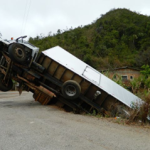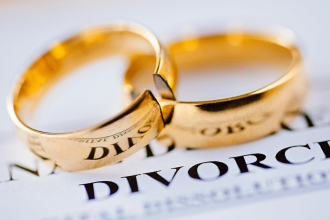Navigating a personal injury case in Washington State can be an intimidating prospect. The law governing such cases is complex, and the outcomes of these cases can have far-reaching implications for both the injured individual and the party responsible for the injury. One of the most important laws to understand when considering a personal injury case in Washington State is the “Pure Comparative Negligence” rule.
What Is the Pure Comparative Negligence?
The pure comparative negligence rule is a legal principle that assigns liability for an accident based on the relative fault of each party involved – almost like the contributory negligence doctrine used in other states, but with a few caveats.
However, under this rule, both parties can be found to be partially liable for an accident, and the amount of damages awarded to the injured party will be reduced to their level of fault. In Washington State, the pure comparative negligence rule applies when both parties were at least partially negligent and at fault for an accident.
In pure comparative negligence, a plaintiff can recover damages even if they are more at fault than the defendant. In contrast, under the modified comparative negligence doctrine, a plaintiff can only recover damages if they are less than a certain percentage at fault, typically 50%.
How Does the Pure Comparative Negligence Work?
When an injured party files a personal injury lawsuit in Washington State, they must prove that the other party was partially responsible for their injuries. If the court finds that both parties are partially liable, the court will use the pure comparative negligence rule to assign a proportional amount of liability to each party. The court will then use this information to determine the amount of damages to award to the injured party.
For example, when courts decide that injured party was 20% at fault for an accident, the court will reduce the amount of damages awarded to the injured party by 20%. If the court awards $100,000 in damages to the injured party, they will only receive $80,000 due to their 20% share of fault.
What Are the Benefits of Pure Comparative Negligence in Washington State Personal Injury Cases?
From an injury victim’s perspective, the pure comparative negligence doctrine can be beneficial in several ways. First, it allows the plaintiff to recover compensation even if they were somewhat at fault for their own injuries. This can be particularly important in cases where the plaintiff’s actions contributed to the injury, but the defendant’s actions were the primary cause.
Second, the pure comparative negligence doctrine allows for a more individualized approach to determining fault and damages. The plaintiff’s recovery is based on their own degree of fault rather than a predetermined threshold, such as 50% under a modified comparative negligence system. This can result in a more just and equitable outcome, as it considers each case’s specific circumstances.
Third, the pure comparative negligence doctrine can also incentivize defendants to settle cases. They may be more willing to offer a settlement if they face potential liability for only a portion of the damages. This can result in a faster resolution of the case and a quicker recovery for the plaintiff.
What To Do If Injured in an Accident in Washington State
If you’ve been injured in an accident due to someone else’s negligence, the first step is to seek medical attention for your injuries. Once you’ve received the necessary treatment, you should contact a personal injury lawyer in Washington State to discuss the particulars of your case and determine whether you are eligible to file a personal injury lawsuit.
Your lawyer can help you to understand the pure comparative negligence rule and how it may apply to your case. They can also help you understand your rights and options and will work with you to ensure you receive the compensation you deserve.
Conclusion
The pure comparative negligence rule is an important legal principle when considering a personal injury case in Washington State. This rule allows for a more equitable distribution of liability between both parties.
In addition, it can help ensure injured parties are still compensated for their losses even if they were at fault for an accident to some extent. If you’ve been hurt by someone else’s negligence, contact an attorney in Washington State to discuss your case and determine your legal options.















